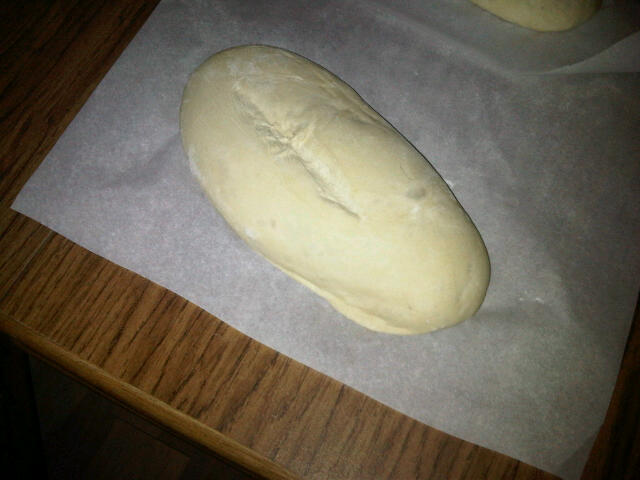Pan Pizza Redemption!

Back in 2014, for the third time, I attempted to make pan pizza for guest. For the third time, everything seemed to be going perfectly and yet the crust came out far too hard. You can read about that here.
After that, I literally hung up my pizza peel (though I took it off the kitchen wall for free-form boules and loaves).



